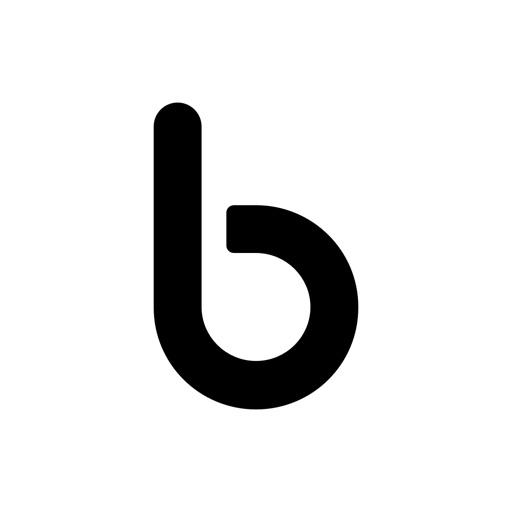Face AR technology has recently enjoyed big popularity for a variety of reasons. First of all, it allows users to enrich their everyday communication on social media platforms with face filters and AR masks. Secondly, it can help implement AR effects on their websites and apps so that the customers would be able to virtually try out different cosmetic products, clothing and accessories in real-time. This can benefit both businesses and users by increasing sales and customer satisfaction, boosting engagement with the brand and reducing the number of product returns. Last but not least, the use of AR virtual backgrounds increases user’s privacy and adds more fun into their online video communication.
Developers now have a great tool to use the above advantages to their good with the help of Banuba’s Augmented Reality SDK.
1. What is Banuba Augmented Reality SDK?
Banuba’s Augmented Reality SDK is the collection of AR libraries that give developers a helping hand in creating Face AR filters, 3D effects and lenses for both mobile apps and websites. The tool uses computer vision technology to support developers in building face recognition applications for e-commerce, advertising, gaming, education and other industries.
Unlike Google’s AR Core and Apple’s AR Kit, Banuba SDK’s code can be used to build apps that run on iOS and Android as well as Windows and Mac operating systems. It is also optimized for low-end devices working on the Android Go operating system. The more powerful a mobile device is, the better the app’s main features and tracking functionality is going to work. Face filters and AR masks can be applied to videos and images taken from both front and rear-facing cameras.
2. What are the main reasons for using Banuba Augmented Reality SDK?
Developers can take advantage of Banuba’s Augmented Reality SDK to implement face-tracking technology for different mobile apps and even websites. The tool gives them all the required functionality to :
(a) Improve their customer’s physical appearance with the face beautification capability. This feature works in video communication apps and lifestreaming tools to make sure users feel comfortable about how they look like in front of the camera.
(b) Enrich user experience and hence increase app’s engagement, content creation and shareability with AR-based face filters, lenses and 3D masks.
(c) Save time and money developing Unity-based games supplemented by AR face filters.
(d) Increase video app’s engagement by allowing users to add face masks & AR filters into the video files they’re going to create, publish or share.
(e) Build their AR face filters, beauty effects and video backgrounds with the help of Banuba Studio.
All of this makes Augmented Reality SDK a great tool to implement the face tracking functionality in a mobile app or a website.
3. How Different Industries Can Use Banuba Augmented Reality SDK
The Face AR is still a very young and unspoiled type of technology. However, some companies which have already taken advantage of its growing popularity. Below are some examples of the industries where its unique capabilities are already being used:
(a) Advertising industry. Advertising enriched by the AR technology allows brands to create unique and memorable content for engaging more audiences compared to their traditional counterparts. Why is this the case? Because AR-based advertising can place customers at the heart of an advert which often motivates them to share the resulting photos and videos with friends and relatives on their social media platforms, increasing the ads’ engagement and driving more sales.
(b) Retail industry. Face recognition technology can also help retailers in a way of providing their customers with a 3D visualization of the products they may want to buy on the Internet, enriching the resulting 3D models with natural colours and textures, lighting and physical forms. This leads to the reduction of the number of product returns, boosting customer satisfaction and sales.
(c) Cosmetic Industry. By implementing Augmented Reality SDK developed by Banuba into a mobile app or a website, companies can give their customers an opportunity of virtually trying out different makeup products, reducing the uncertainty of shopping-related decisions and illuminating some of their hygiene concerns related to trying out the real cosmetic products in physical brick and mortar stores.
Customers looking to buy cosmetic products may not only try out different lipstick and eyeshadow products in the app but also watch virtual tutorials on how to contour, apply highlighter and create looks with the help of eyeliner.
(d) Telecommunication industry. AR Face Recognition technology can also benefit the providers of video conferencing solutions. By taking advantage of video background changer technology, their users will be able to either remove or replace their real-life background with custom images or videos, improving their privacy and adding more fun into everyday video conversations. The latter is made possible with the help of AR face filters, skin smoothing, teeth whitening, face morphing and other features.
4. How Can You Get Access to Banuba Augmented Reality SDK?
Download Banuba SDK demo app which demonstrates some of the SDK’s unique capabilities powered with Machine Learning, augmented reality and computer vision technologies from Google Play or App Store:
(a) Link to our app on Google Play: https://play.google.com/store/apps/details?id=com.banuba.tech.demo&hl=en
(b) Link to our app on App Store: https://apps.apple.com/app/id1435804709
Are you interested to get the full version of this SDK straight away? Contact the company’s representatives to receive the corresponding license by emailing them on info@banuba.com or get in touch directly on their official website.
Banuba’s Official Website: https://www.banuba.com
Banuba
Internatsionalnaya street 36-1
220030. Minsk
Belarus
Banuba is a computer vision lab specialising in Face AR development. We create augmented reality SDKs which bring the most immersive face filters, 3D masks, facial animation and AR beauty features to any app or website.
Our technologies fuel 2 main areas — AR communication and AR commerce. We help people to self-express and communicate creatively, and we empower brands to bring products to their consumers using AR.
This release was published on openPR.














